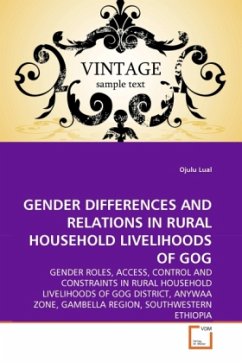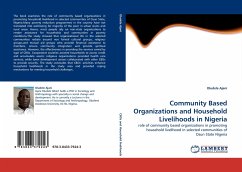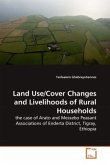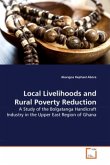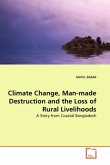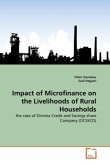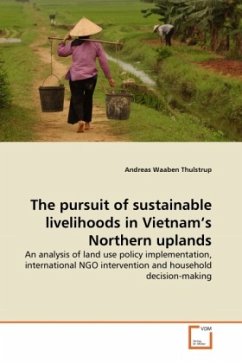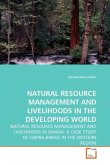Now a day, gender equality and equity has been recognized as an integral part of many social, economical and political development interventions. This is considered as part of human right issues for men's and women's access to and control over livelihood resources and services of the rural poor households. However, gender-based disparities in terms of men's and women's roles, responsibilities, access, control and constraints they faced is deeply rooted in rural households, with little research on gender analysis. Therefore, this book guides policy makers toward gender mainstreaming in government policies, strategies and programmes. It provides valuable information for researchers working in the sector of agricultural and rural development to do further research on gender related issues. It also guides planners to design efficient agricultural and rural development projects through understanding of men's and women's needs and constraints that hindered their participation in rural livelihood interventions. Finally, the book provides information for gender trainers as a reference that will guide them toward gender issues for organizing training meetings.
Bitte wählen Sie Ihr Anliegen aus.
Rechnungen
Retourenschein anfordern
Bestellstatus
Storno

